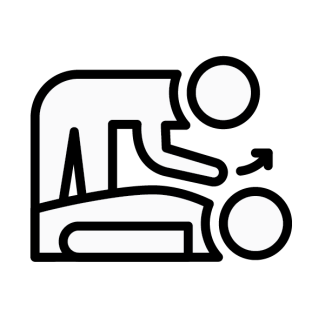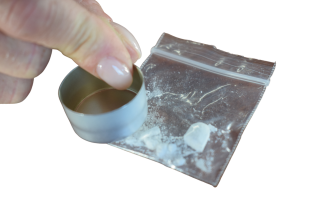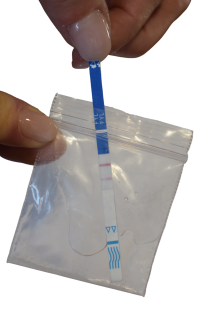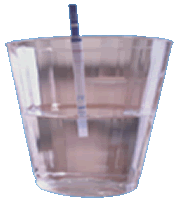Preventing an Overdose
The Rhode Island Department of Health (RIDOH) offers drug overdose prevention guidance in 16 languages. Click on the “Select Language” drop-down in the top-right corner of this webpage to access this information. Looking for another language?
Topics include learning the signs of an overdose, how to respond to an overdose, and how to use fentanyl test strips.
This guidance is created in coordination with public health experts at Brown University School of Public Health and Preventing Overdose and Naloxone Intervention (PONI). Additional resources will be added to this webpage periodically, so please visit often.
For additional materials in other languages, please visit the RIDOH Publications webpage.
Visit PreventOverdoseRI.org for more information on overdose prevention and harm reduction resources.
How to Recognize an Overdose

Slow breathing
A person may have very slow, shallow breaths, make gurgling noises, or stop breathing.

Trouble waking up or remaining unresponsive
A person may be awake but unable to talk, or may not respond when you try to wake them up.

Changes to skin tone
Their skin tone can turn grayish or ashen to bluish purple.
What to do next? Call 911, give naloxone, and support breathing if the person doesn’t respond.
How to Respond to an Overdose

Check for responsiveness
Call their name and rub the middle of their chest with a closed fist.

Call 911
The Good Samaritan Law provides certain legal protection, whether you have drugs on you or not.

Give naloxone (Narcan)
Follow the directions for nasal or intramuscular naloxone kits.

Support breathing
If the person is breathing again but is still sedated, they don’t need more naloxone. If the person is not breathing, start CPR as directed by 911.

Recovery position
If you can’t stay to wait for help or if breathing is restored, put the person on their side supported by a bent knee.
How to Use Fentanyl Test Strips
Fentanyl is the leading cause of overdose in RI and can be found in ANY drug. Test each drug, every time. Carry Naloxone. Never use Alone.
Learn where to get and how to use fentanyl test strips at the Prevent Overdose RI site.

Crush and mix whole pill or rock (Best Practice)
If this is not preferred, bag residue or a piece of a drug can be tested.

Combine pinch of substance with 5mL of water (1 tube) in cooker
The amount of drug pictured on the pencil is enough. For residue, place 5mL water (1 tube) in baggie.

Mix water with test strip
Hold the blue end of the test strip and insert the other end into the liquid, no higher than the blue line. Stir for 15 seconds.

Wait up to 5 minutes for results
Set the strip down on a flat surface and wait.
-One red line on top is a POSITIVE + result and means the substance likely contains fentanyl.
-Two red lines is a NEGATIVE - result and means the substance likely does not contain fentanyl.
-No red lines means the test is invalid ≠.
Be careful: fentanyl test strip results are not 100% accurate.

Testing drugs containing Meth, MDMA, or Adderall
Testing these drugs requires using more water to avoid false positive results.
Follow the steps above but then add half a cup of water.
Graphic created by Preventing Overdose and Naloxone Intervention (PONI).
To request free naloxone or for information about recognizing an overdose, visit PreventOverdoseRI.org/respond
To request free fentanyl test strips, visit PreventOverdoseRI.org/fentanyl-test-strips/
